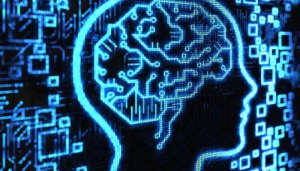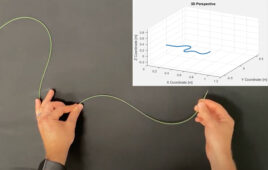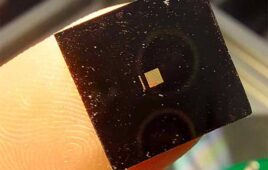 University of Washington researchers say they’ve developed an advanced deep brain stimulation system to treat essential tremor and Parkinson’s without constantly being “on,” allowing for longer battery life and better treatment.
University of Washington researchers say they’ve developed an advanced deep brain stimulation system to treat essential tremor and Parkinson’s without constantly being “on,” allowing for longer battery life and better treatment.
The system utilizes electrodes on top of the brain to sense movement in parts of the body that experience essential tremor, alongside a deep brain electrode to deliver stimulation only when it’s needed. Previous versions of deep brain stimulation systems delivered treatment at all times, with no way to turn the system off, even while the patient is asleep.
In the study, which was partially sponsored by Medtronic, 3 patients received both the Medtronic Active PC+S deep brain stimulation system alongside a small strip of electrodes on top of their brain’s motor cortex, used to sense essential tremor in the limbs.
The research team developed machine learning algorithms to decode the signals and interpret when an essential tremor was occurring, then triggering the DBS system.
“This is exciting both for treating those patients with essential tremor, but also for future uses. This represents the first time a person can control their implanted device through the voluntary use of brain signals. We now can see a direct path to all sorts of uses in stroke, paralysis or other neurologic conditions that may be treated in the future using this general approach,” Dr. Jeffrey Ojemann of the UW Medicine Neurosciences Institute said in prepared remarks.
The development could be a step towards closed-loop stimulators designed to treat disorders such as essential tremor and Parkinson’s disease, according to researchers.
“We’d ultimately like to give individuals that ability and choice. One side effect of deep brain stimulation can be difficulty speaking, for instance. So if you’re about to drink a glass of water, you might want to turn up the stimulation so your hand doesn’t shake. If you’re answering the phone, perhaps you’d want to turn it down so your speech isn’t affected,” co-author Margaret Thompson of the University of Washington said in a press release.
The advancement could extend battery life of DBS systems, which currently sit at 3 to 5 years. Longer battery life means less surgical interventions to replace them, and surgical interventions come with their own risks, such as infection.
“We’re saving about half of the battery power, based on our subjects so far, which was one of our main motivations. But even more interesting are some early indications that suggest our closed-loop system results in better patient performance, with less tremor, better control of their hands and fewer side effects,” senior author Howard Chizeck said in a prepared statement.
[Want to stay more on top of MDO content? Subscribe to our weekly e-newsletter.]




